The world's first neutrino observation in a hydrogen bubble chamber.
It was found Nov. 13, 1970, in this photograph from the Zero Gradient Synchrotron's
12-foot bubble chamber. The invisible neutrino strikes a proton where three
particle tracks originate (lower right). The neutrino turns into a mu-meson, the long center track (extending up and left). The short track is the proton.
The third track (extending down and left) is a pi-meson created by the
collision.
Click on image for full size
Argonne National Laboratory
Neutrinos
The neutrino is an extremely light particle. It has no electric charge.
The neutrino interacts through the weak force. For this reason and because it is electrically neutral, neutrino interactions with matter are extremely rare.
Fusion reactions in the Sun produce neutrinos. By detecting these neutrinos, scientists can learn about the solar interior.
The Sun is estimated to produce some 1038 neutrinos per second (that's a lot!!). Billions of these neutrinos pass through the Earth without a single interaction (they may be passing through your hands right now!). Large and very sensitive detectors are actually able to detect neutrinos.
Click here for a brief history of
the discovery of neutrinos.
Neutrinos are produced in a variety of nuclear processes: most of
the neutrinos that reach Earth from space come from the Sun (called solar neutrinos). Neutrinos are also released when cosmic gamma rays hit the Earth's atmosphere. Other sources of neutrinos are exploding stars
(supernovae),
relic neutrinos (according to the current theory about the
origin of the universe)
and nuclear power plants.
You might also be interested in:
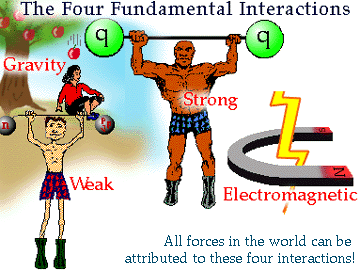
The interactions in the Universe are governed by four forces (strong, weak, electromagnetic and gravitational). Physicists are trying to find one theory that would describe all the forces in nature as
...more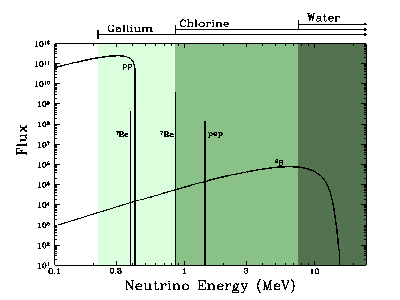
Theories about fusion inside the solar core predict the number of neutrinos that should reach Earth. Experiments on Earth have been set up to detect solar neutrinos in order to test these models. Current
...more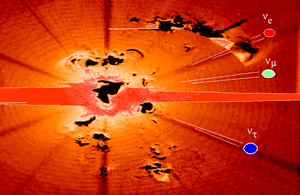
All of the matter and energy in the Universe was initially confined in a very small region. An explosion occurred which caused the Universe to begin expanding. This expansion continues today.
...more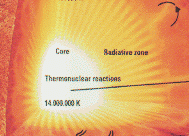
The solar core is made up of a really hot and dense gas (in the plasma state). The temperature of 15 million kelvins (27 million degrees Faranheit) keeps the core at a gaseous state. The core is where
...more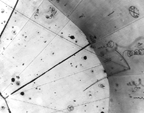
Atoms and the tiny particles from which they are made strongly influence the world around us. The fields of atomic physics and particle physics help us understand the life cycles of stars, the forms of
...more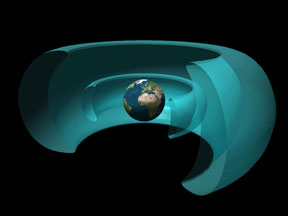
One main type of radiation, particle radiation, is the result of subatomic particles hurtling at tremendous speeds. Protons, cosmic rays, and alpha and beta particles are some of the most common types
...more
The neutrino is an extremely light particle. It has no electric charge. The neutrino interacts through the weak force. For this reason and because it is electrically neutral, neutrino interactions with
...more













